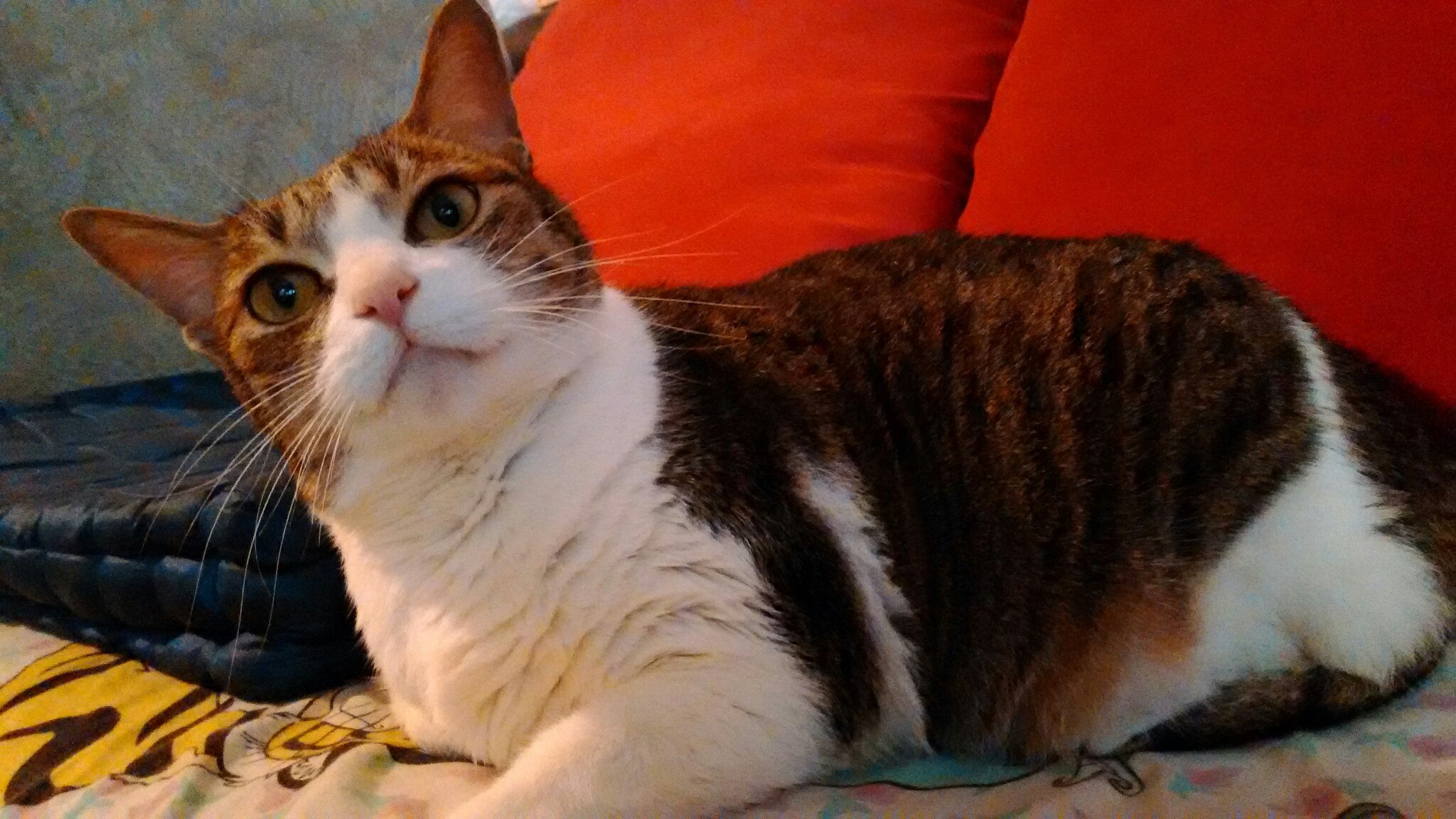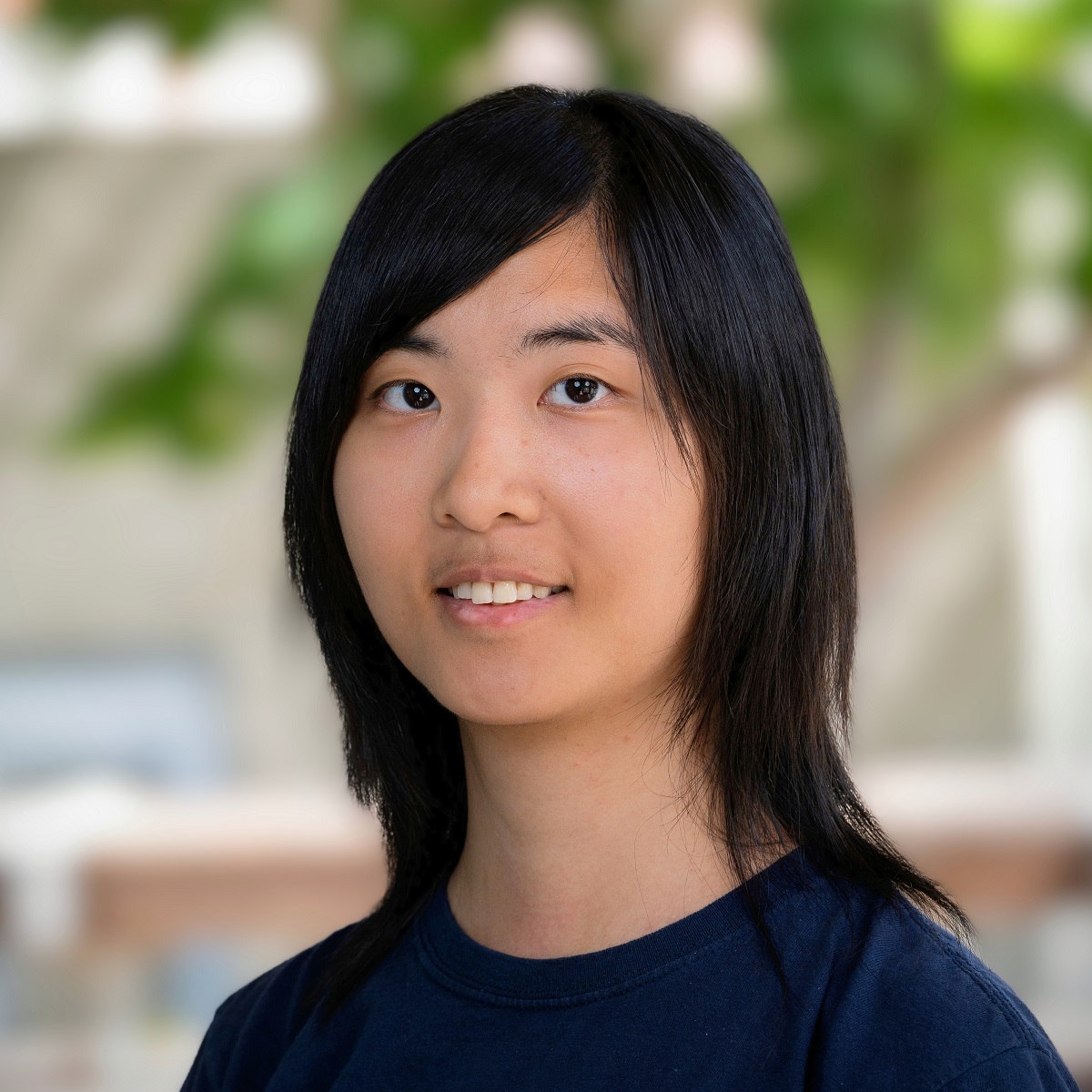Projects
Molecular Clouds, $α_{\text{CO}}$, and Star Formation Efficiency in Nearby Galaxies
Advisor: Prof. Karin Sandstrom
*Here is a shorter video of my 5-min talk at the 241st AAS Meeting in Seattle.
*Also check out my iPoster+ presentation at the 237th AAS Meeting, which won me a Chambliss Astronomy Achievement Student Award!
Papers
Star Formation Efficiency in Nearby Galaxies Revealed with a New CO-to-H2 Conversion Factor Prescription
Yu-Hsuan Teng, I-Da Chiang, Karin M. Sandstrom, Jiayi Sun, Adam K. Leroy, Alberto D. Bolatto, Antonio Usero, Eve C. Ostriker, Miguel Querejeta, Jeremy Chastenet, Frank Bigiel, Mederic Boquien, Jakob den Brok, Yixian Cao, Melanie Chevance, Ryan Chown, Dario Colombo, Cosima Eibensteiner, Simon C. O. Glover, Kathryn Grasha, Jonathan D. Henshaw, Marıa J. Jimenez-Donaire, Daizhong Liu, Eric J. Murphy, Hsi-An Pan, Sophia K. Stuber, and Thomas G. Williams
published in The Astrophysical Journal (ApJ), January 2024
paper arXiv slides poster
The Physical Drivers and Observational Tracers of CO-to-H2 Conversion Factor Variations in Nearby Barred Galaxy Centers
Yu-Hsuan Teng, Karin M. Sandstrom, Jiayi Sun, Munan Gong, Alberto D. Bolatto, I-Da Chiang, Adam K. Leroy, Antonio Usero, Simon C. O. Glover, Ralf S. Klessen, Daizhong Liu, Miguel Querejeta, Eva Schinnerer, Frank Bigiel, Yixian Cao, M´elanie Chevance, Cosima Eibensteiner, Kathryn Grasha, Frank P. Israel, Eric J. Murphy, Lukas Neumann, Hsi-An Pan, Francesca Pinna, Mattia C. Sormani, J. D. T. Smith, Fabian Walter, and Thomas G. Williams
published in The Astrophysical Journal (ApJ), June 2023
paper arXiv proceeding slides poster
Molecular Gas Properties and CO-to-H2 Conversion Factors in the Central Kiloparsec of NGC 3351
Yu-Hsuan Teng, Karin M. Sandstrom, Jiayi Sun, Adam K. Leroy, L. Clifton Johnson, Alberto D. Bolatto, J. M. Diederik Kruijssen, Andreas Schruba, Antonio Usero, Ashley T. Barnes, Frank Bigiel, Guillermo A. Blanc, Brent Groves, Frank P. Israel, Daizhong Liu, Erik Rosolowsky, Eva Schinnerer, J. D. Smith and Fabian Walter
published in The Astrophysical Journal (ApJ), January 2022
paper arXiv slides iPoster
The CO-to-H2 conversion factor ($α_{\text{CO}}$) is critical to studying molecular gas and star formation in galaxies. The value of $α_{\text{CO}}$ has been found to vary in different regions of a galaxy, and it is dependent on environmental parameters such as gas densities and temperatures. Previous observations on ~kpc scales revealed lower $α_{\text{CO}}$ values in the centers of some nearby star-forming galaxies, especially those with nuclear gas concentrations driven by bars (e.g. NGC 3351, NGC 3627, NGC 4321). Using ALMA, we observe the centers of these galaxies in multiple CO, 13CO and C18O rotational lines at ~100 pc resolutions. Such resolution is sufficient to resolve giant molecular clouds and reveal variations of $α_{\text{CO}}$ in galaxy centers.
We use multi-line radiative transfer modeling and Bayesian likelihood analyses to constrain possible values of the H2 gas density, kinetic temperature, CO column density per line width, and CO isotopologue abundances on a pixel-by-pixel basis. Assuming a CO/H2 abundance, our analysis yields probability distributions for $α_{\text{CO}}$ in each pixel. We stduy $α_{\text{CO}}$ correlation with the derived environmental parameters, aiming to understand the drivers for $α_{\text{CO}}$ variations and create potential observational tracers for such variations in galaxy centers.
Physical Conditions and Kinematics of the Filamentary Structure in OMC1
Advisor: Dr. Naomi Hirano
*My oral presentation at 2018 ASROC Annual Meeting won the Best Oral Presentation Award!
Paper
Physical Conditions and Kinematics of the Filamentary Structure in Orion Molecular Cloud 1
Yu-Hsuan Teng and Naomi Hirano
published in The Astrophysical Journal (ApJ), April 2020
paper arXiv newsletter slides poster
Using N2H+ 3-2 observed with the SMA and SMT, and N2H+ 1-0 observed with the NRO 45m and ALMA + IRAM 30m, we study the structure and kinematics of the Orion Molecular Cloud 1 (OMC1). The rotational transitions of N2H+ is a suitable tracer of high density and quiescent gas, the structure and kinematics of which are directly related to star formation. In addition, this molecule is less affected by the violent phenomena such as outflows and expanding HII regions.
In this work, we conduct hyperfine spectral fitting, filament/core identification, and LTE/non-LTE analysis to derive the physical parameters of the subregions in OMC1. We also study the gas motion inside the filaments, and compare them with the filament/core formation models.
Interferometric Image Reconstruction with Compressed Sensing and Stockwell Transform
Advisor: Prof. Jean-Fu Kiang
With the high sensitivity and angular resolution of next-generation radio telescopes such as the Square Kilometre Array (SKA), high time-resolution universe at radio wavelengths can be revealed. In this project, we simulate the instantaneous visibility data of M31 based on possible SKA configuration, and performed reconstruction by implementing state-of-the-art algorithms such as CLEAN, MS-CLEAN and IUWT-based CS. It has been proved that the IUWT-based method outperforms the CLEAN-based algorithms. Furthermore, we show the potential of the discrete orthogonal Stockwell transform (DOST), which can reveal more details than the IUWT. Therefore, we propose to associate the compressive sensing technique with the Stockwell transform for a better optimization of the reconstruction in radio interferometric imaging.

To learn more about the details, please see the technical report.
Meow Meow — A Smart Pet Interaction System
(Embedded Systems Labs, 2017 Spring class at NTUEE)
Collaborator: Hao-Wen Dong
Meow Meow, an intelligent pet interaction system, allows you to remotely monitor the temperature and humidity condition, control the light and fan and on top of that, interact with your pets. We use two Tessel 2 boards to build up the environment monitoring system and the interactive feeding system (one board for each system).
Here is a picture of my beloved Meow Meow (2005–2022), who inspired this project.

Features
- Web user interface
- Real-time video streaming
- Temperature and humidity monitoring
- Calling your pets (with prerecorded audio)
- Receiving calls from your pets (press the button and call)
- Feeding your pets with automatic food dispenser (remotely controllable)
To learn more about Meow Meow, please watch our demo video or see our final report.
Reduction and Combination of Interferometer and Single-dish Data
Advisor: Dr. Naomi Hirano
This is a summer student project at ASIAA. In this project, I worked on combining the interferometer and single-dish data of N2H+ 3-2. We have observed the Orion Molecular Cloud 1 region using the Submillimeter array (SMA) and the 10.4 m telescope of the Caltech Submillimeter Observatory (CSO) with the N2H+ 3-2 line. We combined these data by two independent methods, both using MIRIAD.
Combine the visibilities: We made the visibility data from the CSO image and filled the central uv hole. Then, the SMA and CSO visibility data were combined and inverse Fourier transformed into dirty image cube. Finally, we conducted imaging to generate the clean image cube. The combining process can be illustrated as follows.

Combine the images: We produce the clean image cube of SMA first, and then combined the SMA and CSO images using the MIRIAD task “immerge”, the effect of which is similar to the feathering technique.
The combined SMA + CSO data in this project are the basis of my later research project: Physical Conditions and Kinematics of the Filamentary Structure in OMC1. To learn more about the summer student project, please see the slides of my final presentation for this program.
Gravitational Wave Theories and Simulations
Advisor: Prof. Jean-Fu Kiang
In this project, I studied general relativity and spacetime perturbation theories which are related to gravitational waves. The details of these background theories are organized in this final report titled Gravitational Wave Theories.

Based on these theories, I built up codes using the fourth-order Runge-kutta method to solve the light trajectories near a Schwarzschild/Kerr geometry. On the basis of far-field theories, I also simulated the gravitational waveform of a binary black hole merger. To learn more about the simulation details and results, please see this final report titled Gravitational Wave Simulations.
